ENGLISH
Fujita Health University Okazaki Medical Center
Department of Minimally Invasive Thoracic Surgery Welcome to our home page!
Department of Minimally Invasive Thoracic Surgery Welcome to our home page!
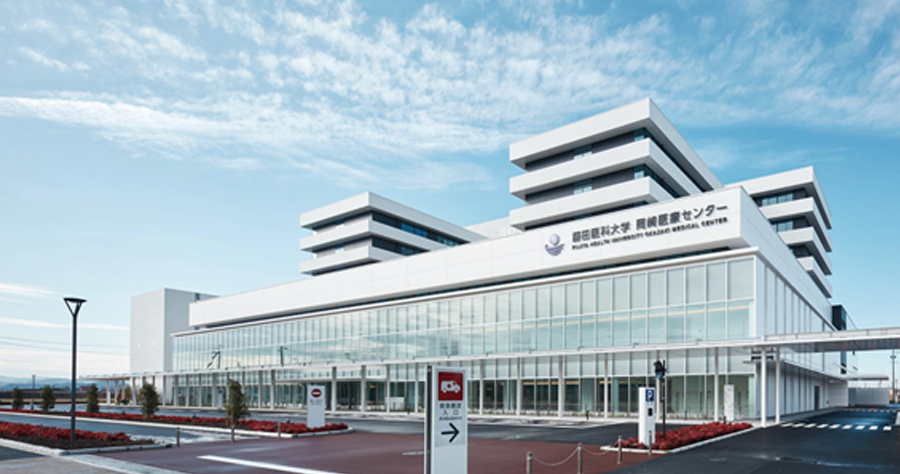
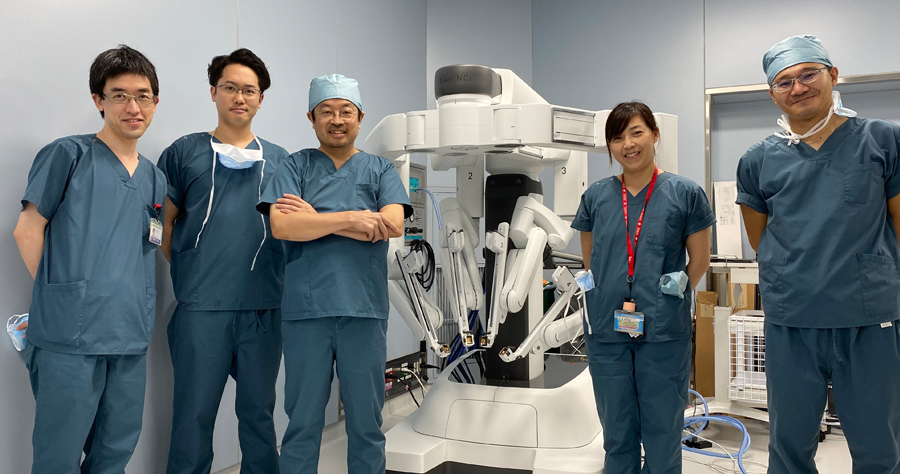
About Us
In recent years, major changes have been made to the surgical techniques in the field of surgery. Instead of performing traditional surgery, which is performed through an open wound and under direct visualization, endoscopic surgery, which involves using an endoscope camera and looking at a monitor screen, is being performed proactively. In the thoracic region, surgery using a thoracoscope is known as video-assisted thoracic surgery (VATS), and in addition to simple partial lung resection for pneumothorax and other conditions, it can be applied to almost all types of thoracic surgery, including surgery for lung cancer and mediastinal tumors, extended thymectomy to treat myasthenia gravis.
In our hospital, we conduct clinical research regarding the application of VATS and robot-assisted surgery, and assertively establish new surgical techniques. We started using VATS to treat primary lung cancer in January 2004 and to treat thymoma in 2005. These were the first cases in central Japan of lung cancer and thymoma treated using VATS. In 2007, we devised VATS to treat malignant mesothelioma, which has become a societal problem, and were the first in the world to be successful1). In 2009, we performed the first case of robotic lung cancer surgery in Japan using da Vinci surgical system2).In 2015, we started single-port (uniportal) lung cancer surgery, which is lobectomy performed via a 3-4 cm incision.
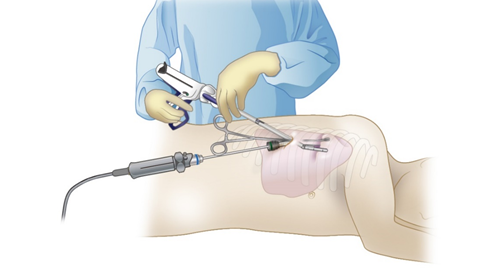
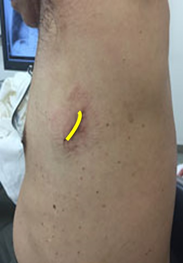
In 2012, we developed single-port thymectomy, which is thymectomy performed through a single 3-cm long incision in the abdomen to treat thymoma and myasthenia gravis3). This is a ground-breaking surgical technique that minimizes patient burden.
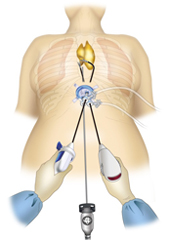
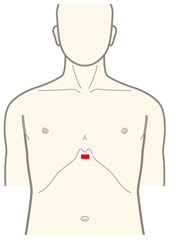
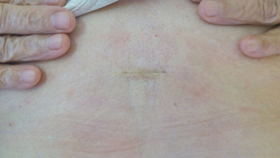
In addition, in February 2014, we devised a method for using a subxiphoid approach with a da Vinci surgical system to perform thymectomy4). This method is a ground-breaking new approach offering an excellent field of vision, excellent operability, and minimal invasiveness. In 2019, we performed the first case of thymectomy with vascular prosthetic replacement in the world 5) and SVC replacement in 2020.
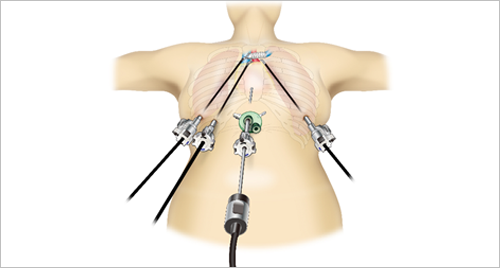
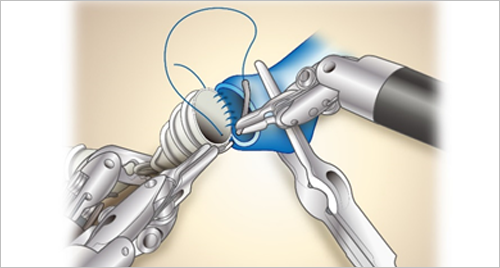
- Suda T, Kitamura Y, Hasegawa S, Negi K, Hattori Y. Video-assisted thoracoscopic extrapleural pneumonectomy for malignant pleural mesothelioma. J Thorac Cardiovasc Surg. 2007 Oct;134(4):1088-9.
- Suda T, et al. Robotic-assisted major lung resection with the da Vinci surgical system: the first case in Japan(Japanese). Jpn J Chest Surg 24(4):727-32,2010.
- Suda T, Sugimura H, Tochii D, Kihara M, Hattori Y. Single-port Thymectomy through an Infrasternal Approach. Ann Thorac Surg. 2012;93(1):334-6
- Suda T, Tochii D, Tochii S and Takagi Y. Trans-subxiphoid robotic thymectomy. Interact CardioVasc Thorac Surg. 2015 May;20(5):669-71.
- Suda T, Nagano H, Kawai H, Hoshikawa Y. Subxiphoid Robot-Assisted Thymectomy with Vascular Prosthetic Replacement Semin ThoracCardiovasc Surg. 2020 Winter;32(4):1133-1134.
Thoracic Surgeons

Takashi Suda MD, Professor of Minimally Invasive Thoracic Surgery, Chief of Thoracic Surgery Section
Sachiko Tochii MD, Associate professor of Thoracic Surgery
Daisuke Tochii MD
Takahiro Negi MD
Hiromitsu Nagano MD
Sachiko Tochii MD, Associate professor of Thoracic Surgery
Daisuke Tochii MD
Takahiro Negi MD
Hiromitsu Nagano MD
Contact Us
1, Gotanda, Harisaki Okazaki, Aichi, Japan 444-0827, Japan
Phone: +81-564-64-8147
E-mail: okoge@fujita-hu.ac.jp
Phone: +81-564-64-8147
E-mail: okoge@fujita-hu.ac.jp

